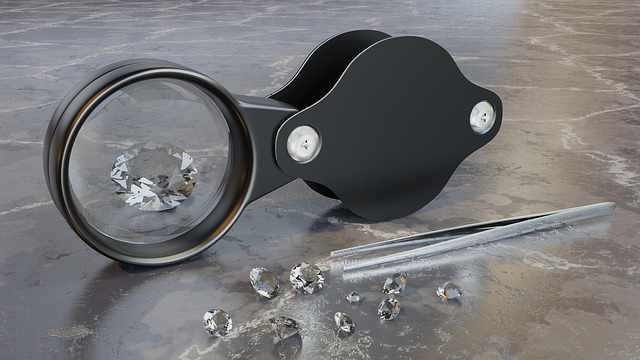Revolution In The Gemstone Market
According to Lab diamonds in Toronto, diamond, or, in scientific terms, the cubic allotropic form of carbon, is a unique material in all respects. It is the hardest on the mineralogical Mohs hardness scale. It is also a wide-band semiconductor and has a very low coefficient of friction on metal, as well as the highest modulus of elasticity and the lowest compression ratio.
However, initially a diamond was valued for its, so to speak, visual qualities: brilliance, high refractive index and dispersion. In ancient times, this stone was very rare, due to the peculiarities of its extraction, and was valued above all other precious stones. Over time, the techniques of diamond cutting were improved, which made it possible to enhance their brilliance, as well as the methods of diamond mining.
But the discovery of new deposits in the XIX century, and new technologies in mining did not reduce the shortage of natural diamonds, because in addition to their jewelry purpose, they have recently become very popular in science and technology. By the middle of the XX century, the need for synthetic crystals with characteristics identical to natural cubic allotropic carbon became obvious.
Art versus Nature
The development of artificial gems began simultaneously in several countries. The Swedes were the first to receive a synthetic diamond in 1953. Since in the middle of the last century the leading world powers focused on the space race and the arms race.

Image by MasterTux from Pixabay
Now even young girls know about cubic zirconia: it is a popular insert in inexpensive silver jewelry of different brands like Pandora and Thomas Sabo. Artificial diamonds of jewelry quality were not widely sold until relatively recently. In order for their defining characteristics to correspond to the level required in jewelry. High production technologies and equipment are needed, which, roughly speaking, is capable of simulating the natural environment in laboratory conditions, in which carbon-graphite turns into diamond, and accelerate this process, the natural course of which takes millennia, up to several days.
Scientists have developed two main technologies for the synthesis of artificial diamonds that are not inferior in their physical and chemical characteristics to natural stones. These are HPHT (High Pressure, High Temperature, translated as “high pressure, high temperature”) and CVD (Chemical Vapor Deposition — “chemical deposition from the gas phase”). In the first case, a press, electric current and heating up to 1500 degrees Celsius are used, in the second, the crystal is formed from a hot reaction gas mixture by condensing it onto a special substrate, or, as experts say, on a controlled surface.
Better bigger and cheaper
Artificially grown diamonds have already become part of the high jewelry art. You can buy beautiful, spectacular, noticeable articles with such stones. For example, grooms can please their beloved ones with Engagement rings in Toronto. Jeweler have already set the highest possible quality level here, so that the attitude to the market of products made from laboratory-grown diamonds is appropriate.
Image by Briam Cute from Pixabay


